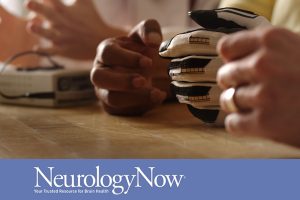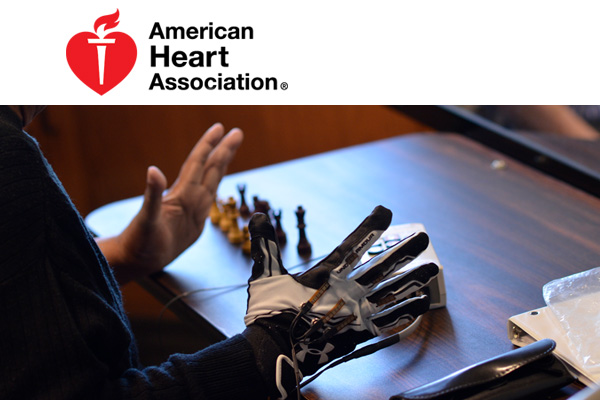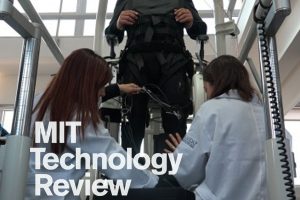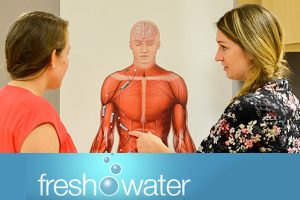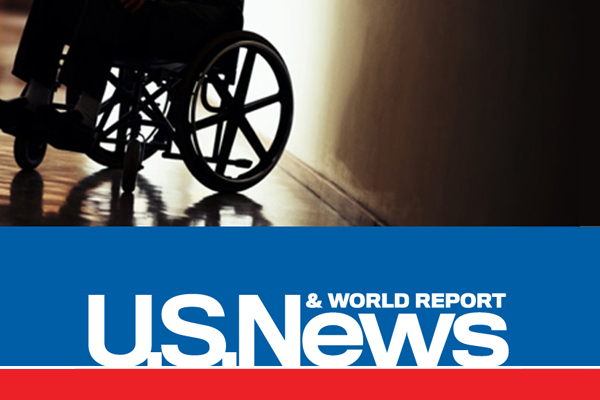Zubizarreta House for spinal cord patients soon to be reality
MetroHealth has long been known as one of the best rehab centers for spinal cord injuries. As part of the Cleveland FES Center the researchers, engineers and clinicians are on the cutting edge of research. But for dozens of spinal cord patients who don’t live in Northeast Ohio, the dream of accessing that research is often logistically out…
Details

